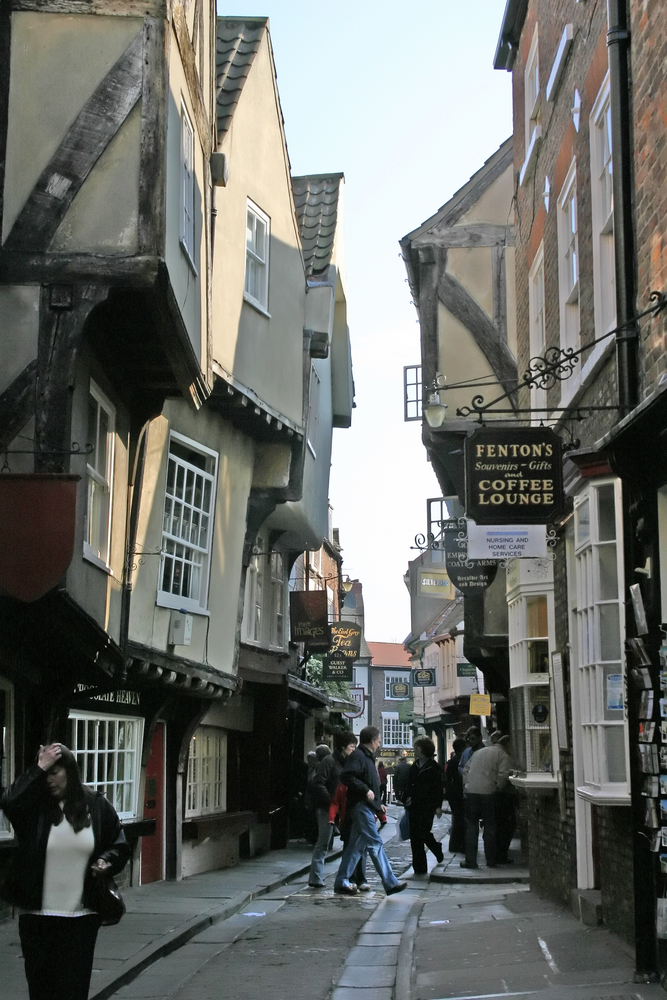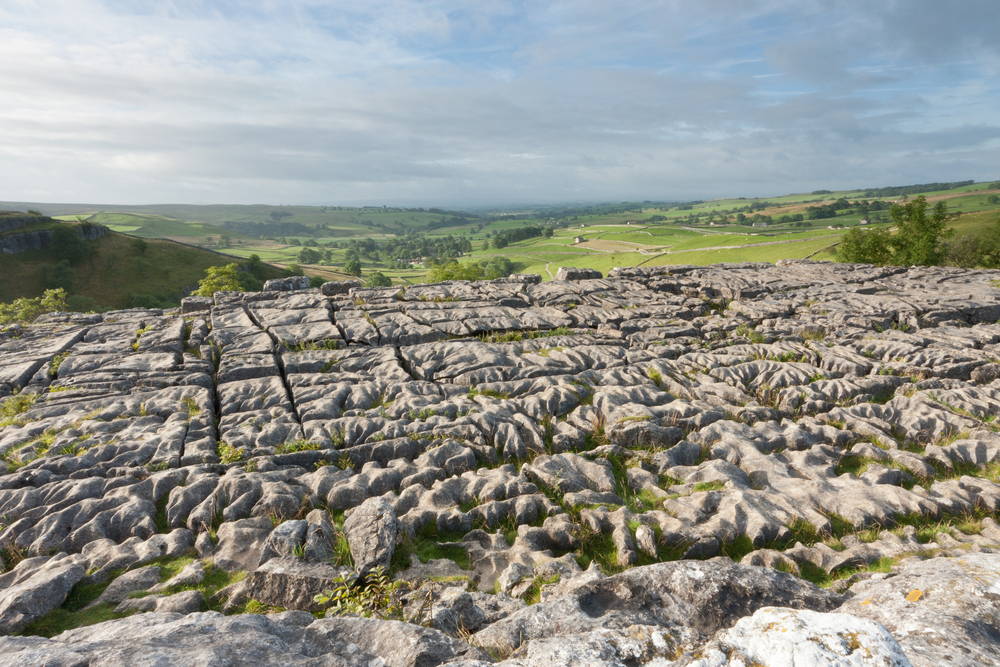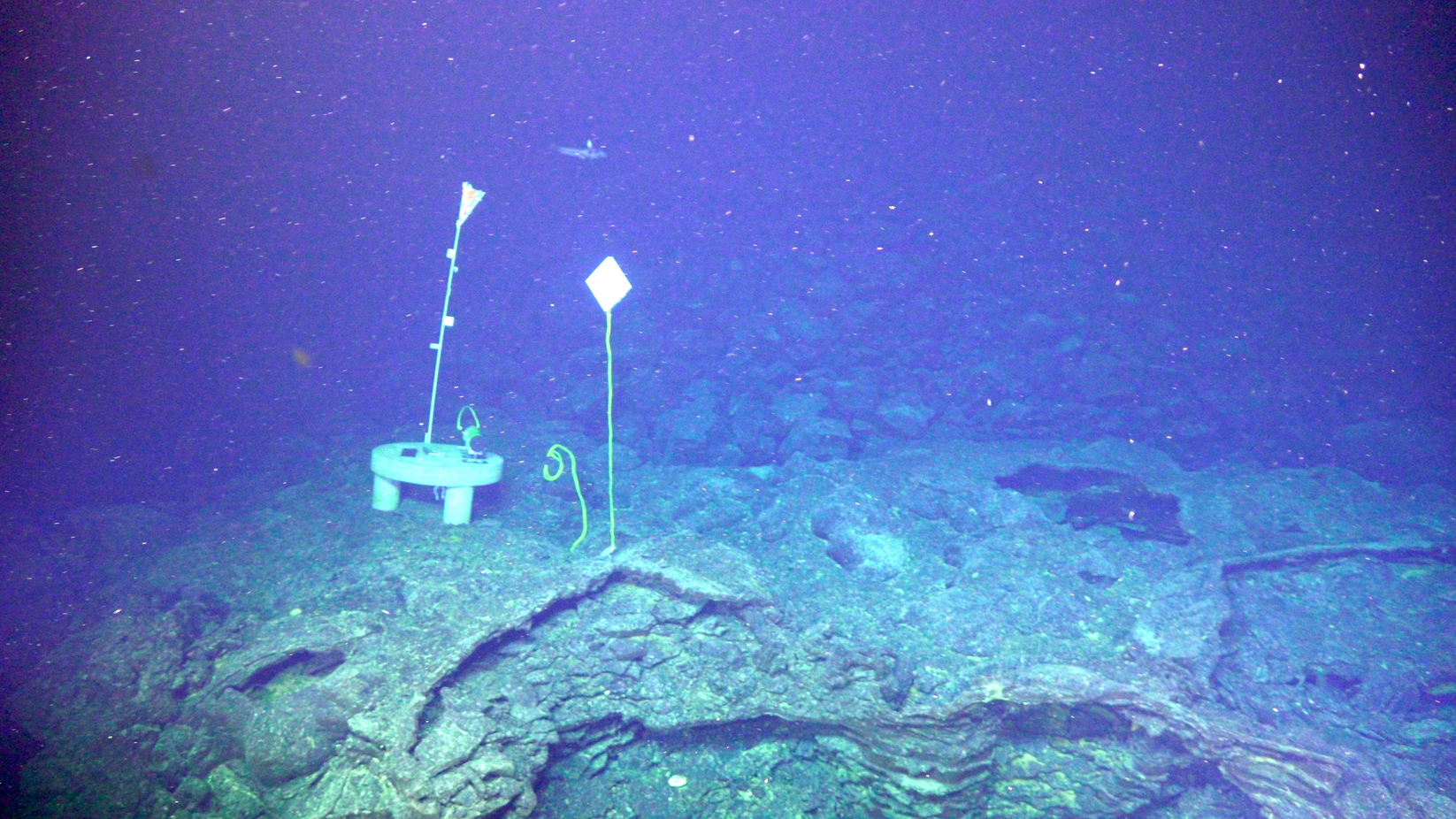
2012 London Olympic Torch Route: Week 5 Sights
2012 London Olympics torch run

The 2012 London Olympics torch run has visited Cornwall, Wales, and Northern Ireland and Scotland, venturing all the way to the Shetland Islands. Now it's back in England and winding around the country on its way to London, where it will light the Olympic Cauldron.
OurAmazingPlanet will be taking you on a sight-seeing journey along with the torch week-by-week until the beginning of the Games of the XXX Olympiad, which runs from July 27 through Aug. 12, 2012. Here, we travel along the route for week 5 and see some of the amazing sites across the north of England. Make sure to come back to see where the torch goes next!
(See sights along the torch route from last week. Pictured above is the torch on the Swilcan Bridge at St. Andrews golf course on Day 26 of the relay.)
Durham Castle & Durham Cathedral Day 29

The ancient city of Durham is host to one of the 28 UNESCO World Heritage Sites in the United Kingdom that comprises two historic structures: Durham Cathedral and Durham Castle.
The cathedral was built rocky butte overlooking a bend in the Wear River between the late 11th century and the early 12 century to house the relics of St. Cuthbert, the evangelist of Northumbria, and the Venerable Bede, a monk known for his chronicle of the early history of what is now Great Britain. The World Heritage Site listing for the cathedral calls it "the largest and finest example of Norman architecture in England."
Behind the cathedral sits Durham castle, a Norma fortress that was home to the prince-bishops of Durham and that saw many attacks by invading Scots. It is now the home of University College, Durham, and contains labyrinthine halls and galleries that span many different historic periods.
The site was inscribed to the World Heritage list because of its visual splendor, its importance to the history of religion in the area and its archeological remains, which show that the site has been occupied for the past 1,000 years.
North York Moors National Park Day 31

As its name suggests, North York Moors National Park contains plenty of scenic moorland, which turns in to a carpet of purple heather in the summers.
The moors, which cover about a third of the park, are dotted with bogs, and host a variety of wildlife, including many species of birds. Kestrels and barn owls can be viewed on the park's web cams.
The park also includes woodland, a coastline with dramatic cliffs and a mosaic of farmland, as well as villages, castles and abbeys.
Archaeological remains dating from the last Ice Age can be found in the area, and its buildings date from a variety of time periods, including Iron Age, Roman and Norman periods.
In the Farndale Valley grow wild daffodils, and a path takes visitors through the impressive display.
The Shambles, York Day 32

Preserved in the city of York is a narrow, medieval street, now known as The Shambles.
It is York's oldest street, mentioned in the Domesday book, and is one of the best preserved medieval streets in Europe. Fifteenth century, timber-framed buildings lean in toward the center of the cobble stone street, their roofs nearly touching the middle.
The street's name comes from the older English word "shamel," meaning booth or stall. Historically it was a street of butchers shops and houses. The sidewalks on either side of the street are raised up to create a channel where butchers would wash away their waste.
Another famous attraction in York is York Minster, the largest Gothic Cathedral in northern Europe, built over a period of 250 years and finished in 1472.
Yorkshire Dales National Park Day 33

Yorkshire Dales covers a variety of important, and scenic, landscapes, and hosts a range of wildlife, from badgers to butterflies, including some rare species.
Established in 1954, the park covers 680 square miles (1,762 square kilometers) and is particularly known for its wildflower-strewn hay meadows, which are created by low-intensity grazing over many years and which are now scarce across Great Britain.
The park also contains what is called limestone country, where the Great Scar Limestone, laid down at the bottom of the ocean about 300 million years ago, dominates the landscape and serves as the foundation of an important habitat. The limestone can be seen in large outcrops, such as Malham Cove, pictured above, and limestone pavements, which is a near horizontal surface of limestone where chemical weathering has created fissures that separate the rock into different chunks. Ferns, some of which are extremely rare, grow in the fissures.
Lake District National Park Day 34

England's largest national park is home to both its highest peak 3,210-foot-high (978 meters) Scafell Pike and its deepest lake 243-foot-deep (74 m) Wastwater. The park covers some 885 square miles (2,292 square kilometers).
The Lake District has all of its lakes because its volcanic rock doesn't allow water to seep away easily, and the area experiences high rainfall, which collects in the deep, glacier-carved valleys. Technically, there is only one official lake in the park, Bassenthwaite Lake, as all the others are "meres" or "waters."
Besides its many lakes and scenic landscapes, the national parks is home to many villages, several stately homes, ancient stone circles and Roman ruins. Castlerigg Stone Circle, a monument with a circle of 38 large stones, some standing 10 feet (3 m) high, whose entrance seems to line up with the midwinter sunset and which is thought to be one of the earliest stone circles in Britain, dating from about 5,000 years ago. The High Street Roman Road, a 2,000 year-old road built by the Romans to link together two forts and though to follow the path of an existing prehistoric trail.
Blackpool Day 35

The torch ends its journey this week at the seaside vacation town of Blackpool.
Sandy beaches have attracted summer tourists since the Victorian era. The 520-foot Blackpool Tower, inspired by the Eiffel Tower and erected in 1894, stands over the beach. The historic North Pier and Promenade offer arcades and fish-and-chip stands.
The 390-acre Stanley Park is a popular attraction that features plenty of gardens, fountains and wildlife and is known as a fine example of Art Deco design.
Come back next week to where the torch goes next!
Get the world’s most fascinating discoveries delivered straight to your inbox.

Andrea Thompson is an associate editor at Scientific American, where she covers sustainability, energy and the environment. Prior to that, she was a senior writer covering climate science at Climate Central and a reporter and editor at Live Science, where she primarily covered Earth science and the environment. She holds a graduate degree in science health and environmental reporting from New York University, as well as a bachelor of science and and masters of science in atmospheric chemistry from the Georgia Institute of Technology.
